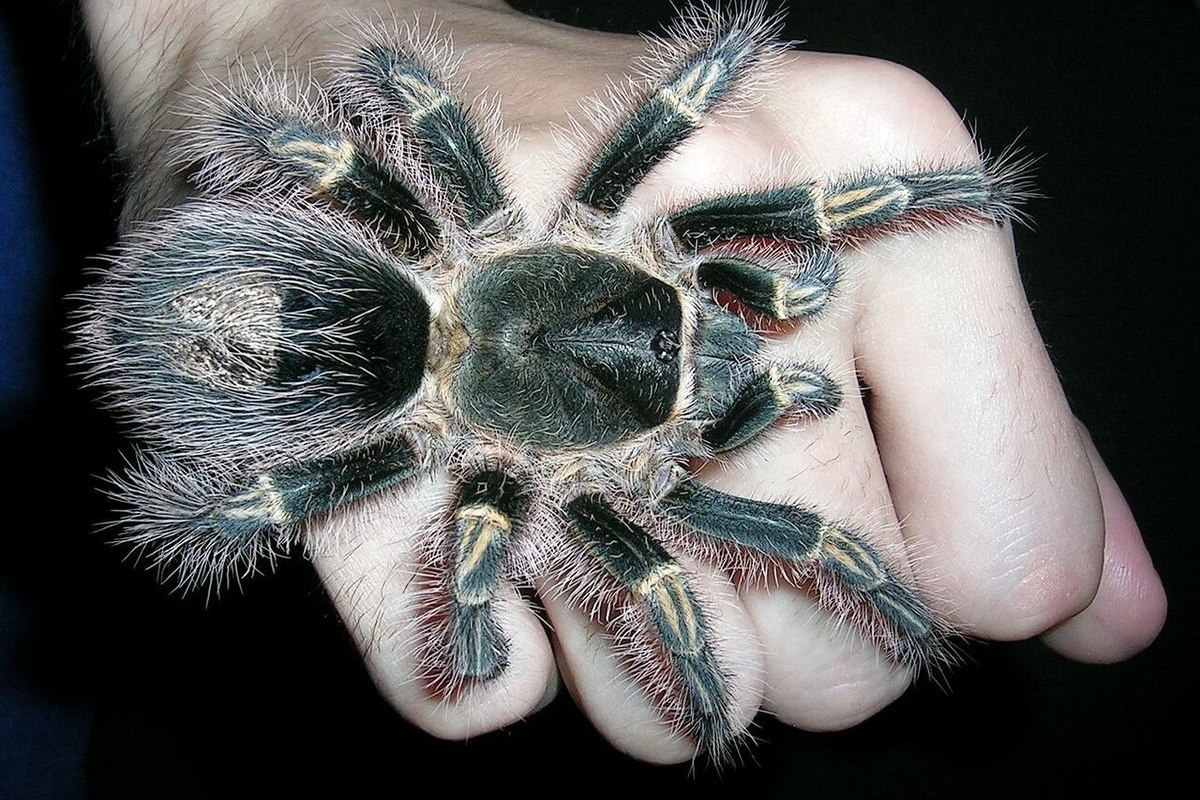The main myths about spiders: everything you thought about arthropods is wrong
[ad_1]

Arachnids are intelligent and resourceful creatures with many “character traits” to admire. However, none of these features suggest the ability of these representatives of the fauna to climb into the mouth during sleep, lay eggs inside the body or food, much less enter the house through the sewer.
Much of what is commonly believed about eight-legged invertebrates is misleading, according to spider expert and curator of arachnology at the Burke Museum Rod Crawford.
“Everything you knew about spiders is wrong,” he claims. “First of all, they are not insects. Spiders belong to a completely different class called Arachnids. Spiders and insects are as different as birds and fish.”
Despite their bad reputation (mostly perpetuated by myth), spiders are phenomenal ecosystem engineers and are responsible for controlling hundreds of thousands of insects and agricultural pests.
Research has shown that in some ecosystems, more than 40 percent of all insect biomass passes through spiders, making them the primary regulators of insect populations. “Suppose some arachnophobic magician could wave his magic wand and make all spiders disappear. And it will be the greatest environmental disaster that has ever happened,” Crawford said.
Myth: Spiders want to bite us
However, most people have never been bitten by a spider in their lives. This is because spiders are not interested in interacting with people. Of the more than 50,000 species that roam the planet, very few have ever come into contact with humans. They are not blood-sucking, like mosquitoes, ticks or bedbugs, and therefore do not look for people.
“When you wake up with small bumps and sores on your skin and blame it on a spider, there is almost always no reason to believe that the spider is responsible for the bite,” says Dimitar Stefanov Dimitrov, an expert on spider evolution at the University Museum of Bergen in Norway.
The two small “fangs” most spiders use to bite are unlikely to leave a mark large enough to be noticed.
“Most bites that people think are spider bites probably aren’t,” the scientists said.
Myth: Every year we swallow a few spiders in our sleep.
Over the years, online forums and a number of articles have claimed that we swallow up to eight spiders in our sleep every year. There are no verified studies, photographs, collected specimens, medical records or confirmed sightings of the spider crawling or attempting to enter a person’s mouth, Crawford said. Spiders want nothing to do with our smelly, panting mouths, open from heavy breathing and snoring while we sleep.
“The spider cannot be attracted to this at all,” Crawford is sure. “The flow of air will disturb the small sensitive hairs all over its body.”
Myth: Spiders lay eggs in bananas and other fruits
Spiders can sometimes be found in banana processing warehouses and banana shipments, crawling out of the crates in which the fruit was delivered. This is because bananas, grapes or other fruit clusters are good places to lay eggs. But the fact is that spiders leave their oviposition outside, and not inside the fruit. No spider makes a hole inside the fruit and lays eggs there, according to Dimitrov. Spiders are also unlikely to bore a hole in a cactus and “stuff” an egg sac into it (as another myth suggests), let alone cause it to swell, tremble, and then explode along with thousands of spiders once they start hatch from eggs. Although there are burrowing spiders, which do things like burrow houses in the ground, they cannot pierce hard objects such as fruit or plants.
Myth: Spiders can lay eggs under human skin.
Upon returning from warm exotic countries, you may find, for example, a lump on your cheek that is pulsating and growing. When the doctor opens the growth, hundreds of small spiders allegedly crawl out. This, according to scientists, can never happen. According to Crawford, this is one of the most common urban legends, and most likely originated from a German story from the 1840s in which a boil on a woman’s cheek is opened by spiders… because she made a pact with the Devil. Crawford argues that most spiders have neither the means nor the interest to burrow into thick human flesh and lay eggs there, and in the rare cases where a spider bites a person, it injects venom with its tiny fangs rather than laying eggs.
Myth: When it gets cold, spiders crawl into your home through gutters and drains.
Spiders live both outside and inside the house. In most cases, these different species will never “meet.” Although outdoor spiders already living in cold climates may wander in by chance, they have no interest in finding refuge in our cozy homes.
“About 95 percent of the spiders you see indoors have always been indoors, this is where they hatched and grew up,” Crawford said. “They belong to a small number of species that have lived around man-made buildings for as long as they have existed.”
This is why finding a spider in your home and trying to release it into the wild is counterproductive. And that is why spiders do not crawl through pipes and sewers to move to us. If you find a spider in the bathroom or near the sink, it’s likely a house spider trying to get a drink, according to Crawford, since water sources inside the home are few and far between. The spider was already living in your house and crawling towards the sewer. And then you discovered it. Additionally, most water pipes have a sediment trap section constantly filled with water, which most spiders will not be able to overcome. The next time you see a spider in your home, remember that it is more likely to be a neighbor than an intruder. Not only that, but they are likely to be a useful “element” in your home’s ecosystem.
[ad_2]
Source link








